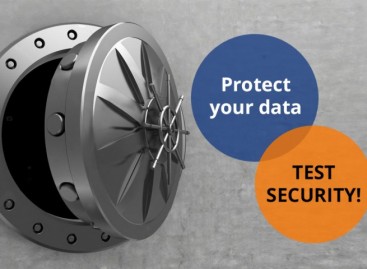- QATestLab Blog >
- QA Basics >
- How to Define Effectiveness of Software Testing
How to Define Effectiveness of Software Testing

Today, competition in the software industry is extremely high, so it is necessary to do everything possible to make the product high-quality. This is what the software testing industry deals with.
To perform a high-grade desktop testing or mobile testing is not so easy. The first thing the testers confront working with a new project is the definition of range of tasks and objects for testing. Program Managers and QA leads have to worry about the effectiveness, and this needs – right at the very beginning – to select the basic items, without which it is impossible to achieve the productivity.
3 Questions for Figuring Out Signs of Effectiveness for Software Testing:
- How many bugs does software contain at first sight?
- With how many critical errors or even crashes user can collide in the basic functional?
- What is the cost per bug found and fixed during testing compared to the cost of bugs in production?
If the team is on the final stage of work before the acceptance testing, that means that almost all bugs are already found, but it is not a time for relax. Depending on what the system is targeted, it is necessary to determine what percentage of bugs was detected. For example, if the software is designed for a large number of users, the number of errors found should be at least 80-85%. The multi-platform testing would be very relevant. If the system is more internal and is designed for a more narrow number of users, the detected bugs should be not less than 95%.
Certainly, all errors cannot be detected, but the testing team should apply all its skills to ensure that the quality of software meets the highest level, and the customer is pleased with the services provided.
Learn more from QATestLab
Related Posts:
- 3 Main Features of Successful Software Testing
- Analyzing Results: TOP Most Effective Metrics in Software Testing
- How Can a Tester Improve His Working Process?







No Comments Yet!
You can be the one to start a conversation.